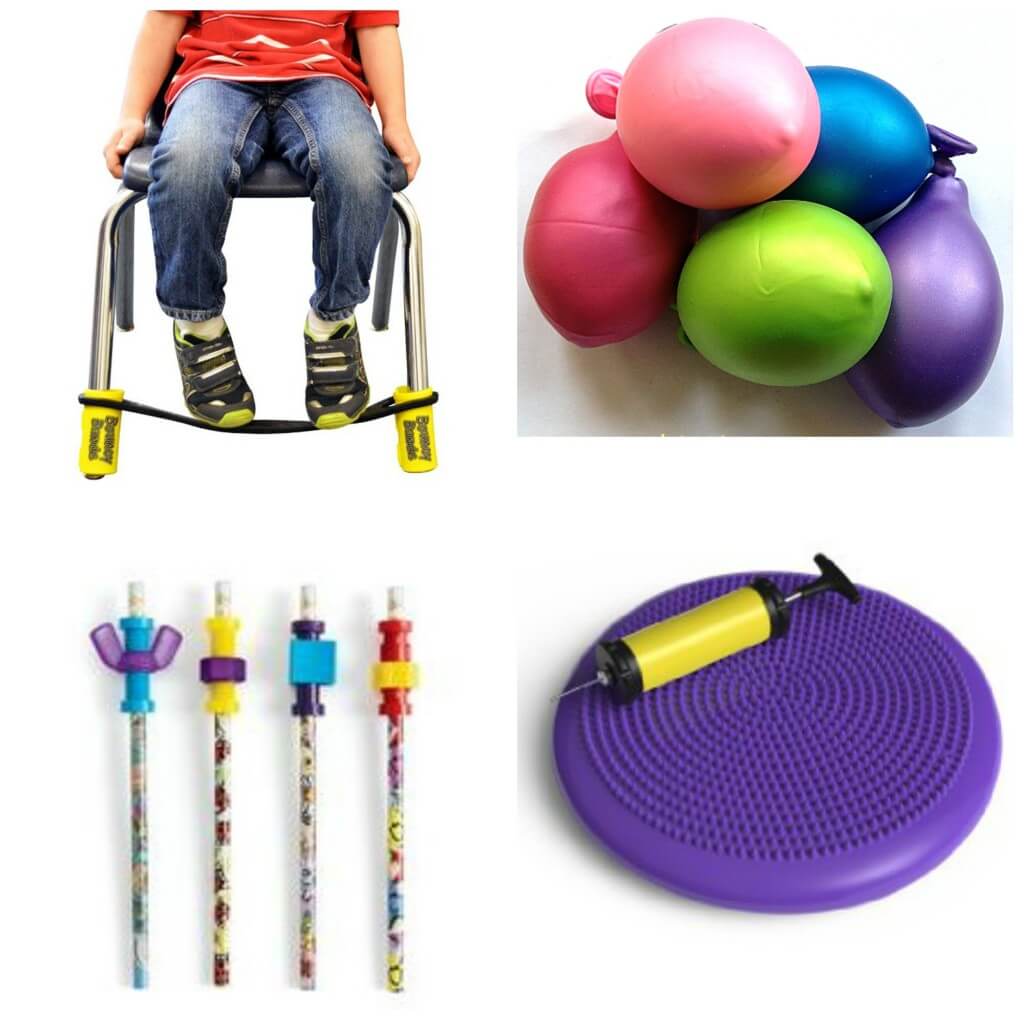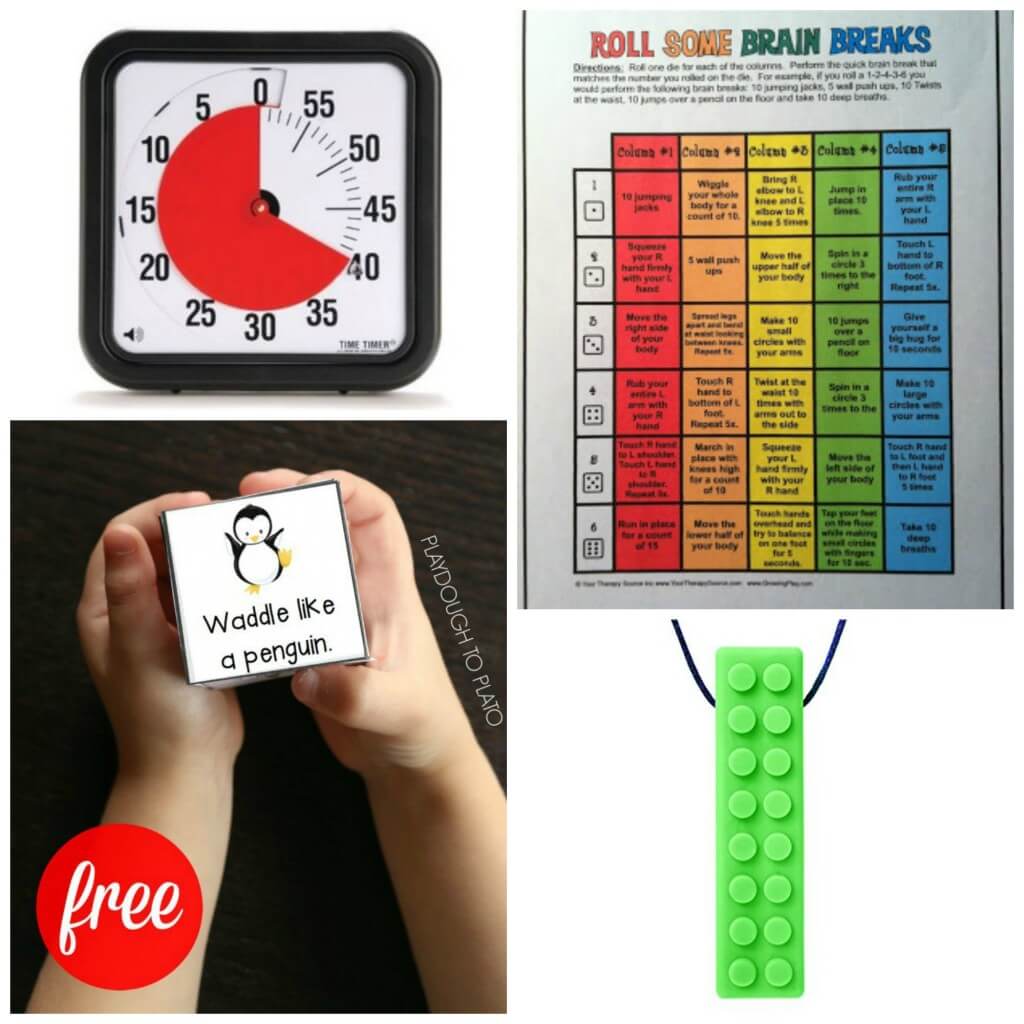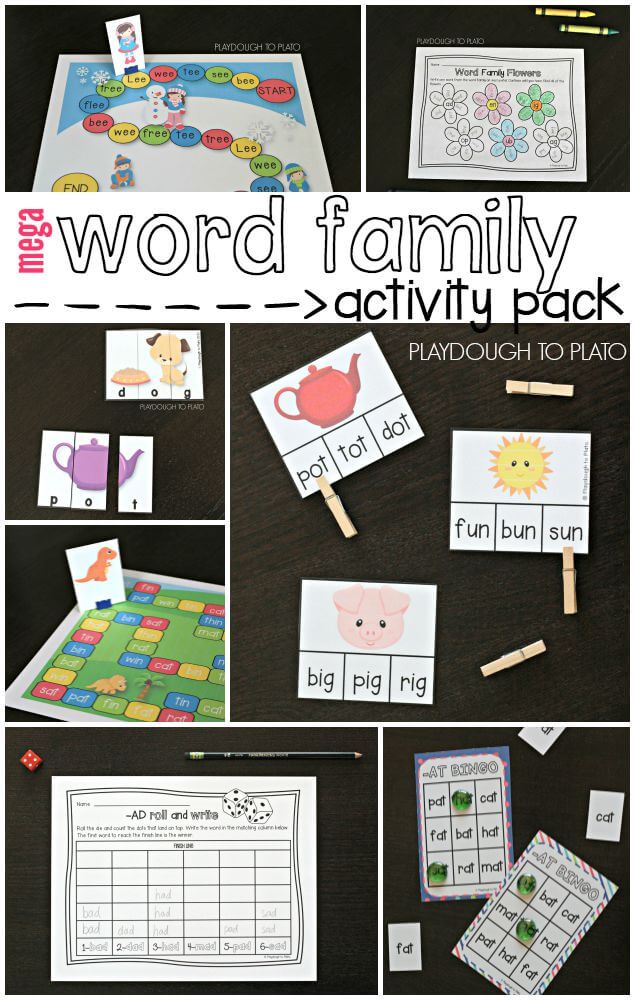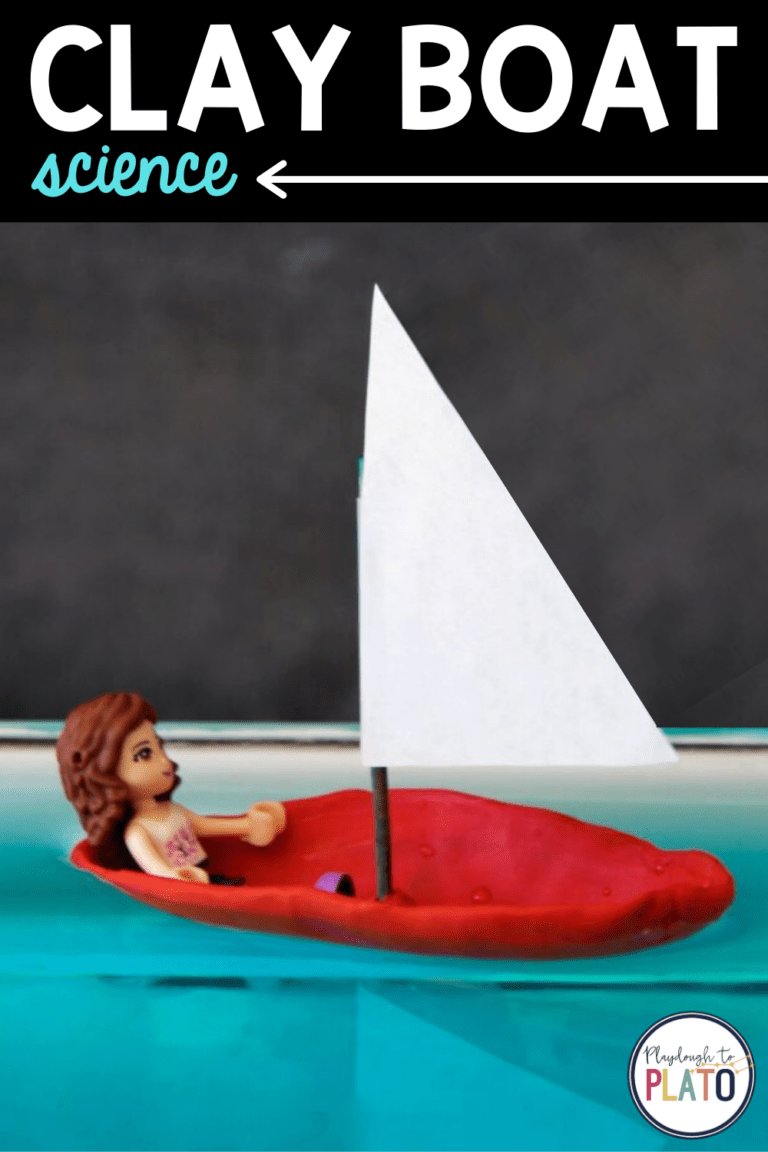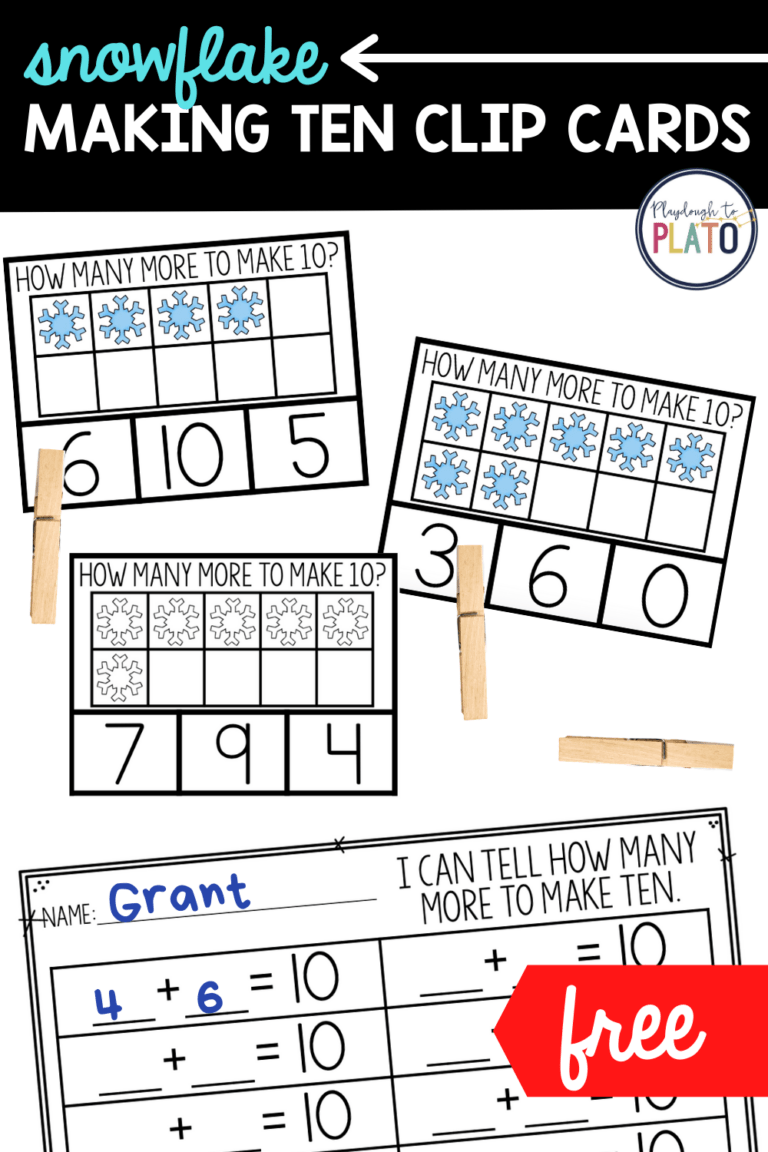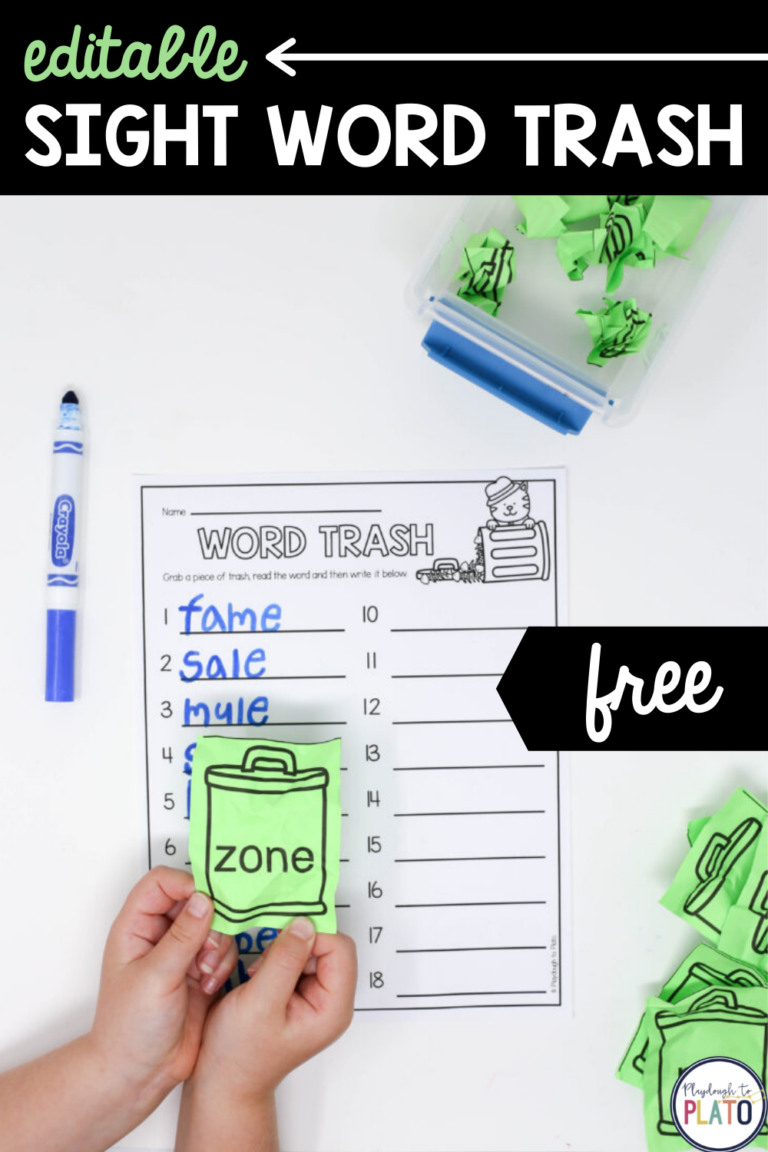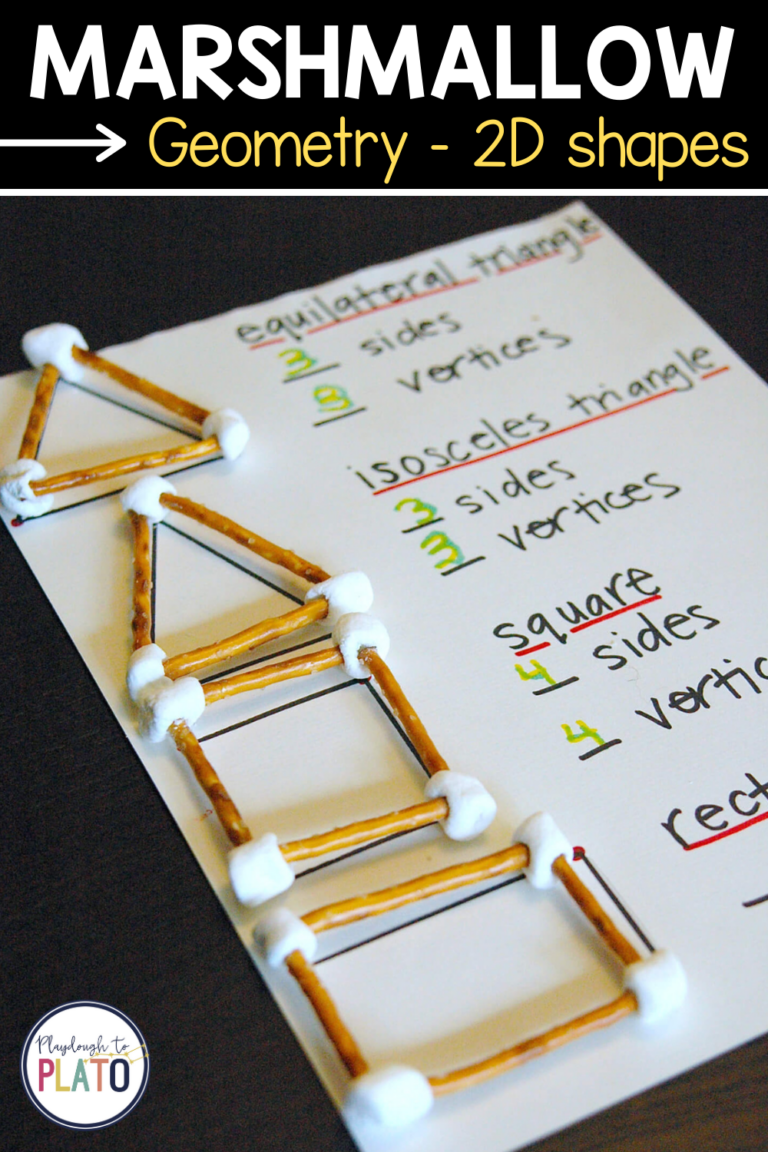Classrooms are fuller than ever and with large class sizes comes even more learning styles. These 15 simple ways to differentiate are easy ways to meet the needs of a variety of learners – from sensory kids who crave extra input to children who love to wiggle and even highly capable kids who need to take activities to the next level.
If you want more “next level” activities, hop over to become a VIP Plato Pack member so you can get all of the tools, strategies and support you need to reach ALL of your learners.
This post contains Amazon affiliate links.
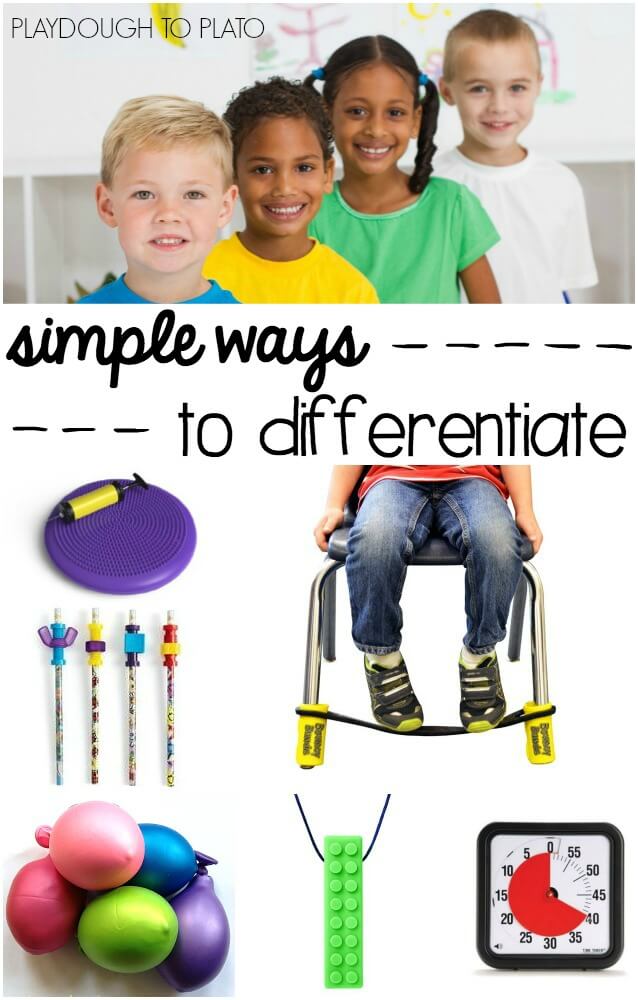
Note: When possible, I like to have a couple of extra sets of these tools available to the entire class so that the interventions feel more mainstream than penalizing.
Simple Ways to Differentiate
For some kids, moving and fidgeting helps them stay focused and attentive. The challenge is to help them find ways to stay active without distracting the rest of the class.
For kids who like to move while they learn, add a bouncy band to the bottom of their chairs.
Let students screw and unscrew nuts and bolts on a pencil.
Or, for a DIY version, have children screw and unscrew real nuts and bolts.
Make a batch of squeezable playdough balls kids can quietly use without distracting the other class. // The Chaos and the Clutter
Place a fidget cushion on students’ chairs so they can wiggle in their seat.
For kids who need help completing projects on time, post a time timer at the front of the room so they can track how many minutes they have left. (I love using these in the mornings at home too. They help my kids scoot through their routines with time to spare.)
Roll an action die when the class needs a brain break.
Or play a quick brain break game. // Your Therapy Source
Make a DIY weighted shoulder wrap for sensory kids. Fill a knee length sock with rice, tightly secure the end, and hang it over kids’ shoulders to help them feel more grounded. (Literally!)
For students who like to chew, let them use gum in class or (if that’s against the school rules) grab a chewing necklace they can discreetly gnaw on throughout the day.
If children need to limit distractions in order to stay on task, give them a study carrel or noise cancelling headphones.
Highly Capable Kids
When students are ready to be challenged, differentiating can be as simple as taking the activity one step further.
Practicing sight words? Have highly capable students work on the same activity using a harder word list.
Invite children to act as the teacher – helping their classmates learn a new skill.
Have kids take a multiple intelligence test to find out how they learn best. Then give them an independent project that draws on those strengths. For instance, if they are talented musically, invite students to create a song that will teach the rest of the class the names of the continents or a batch of new math facts. // Edutopia
32 Must-try Classroom Management Hacks
For more teaching inspiration, join the most valuable teaching membership for pre-K, kindergarten and first grade teachers: The Plato Pack!



